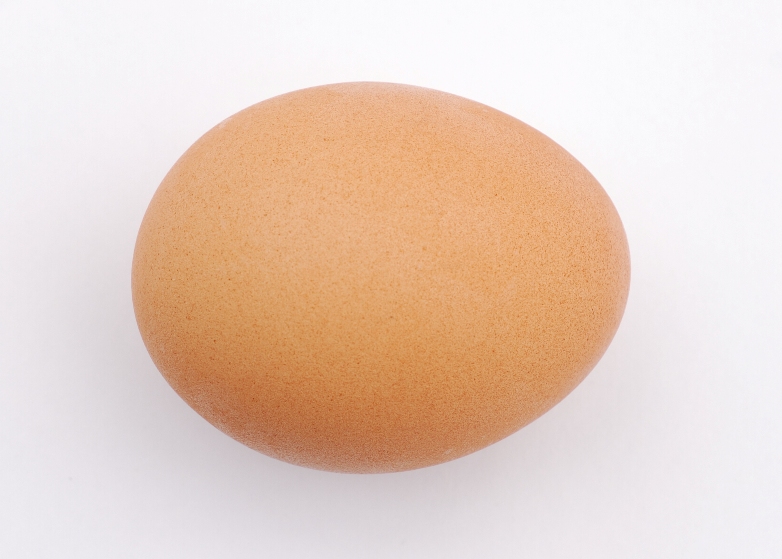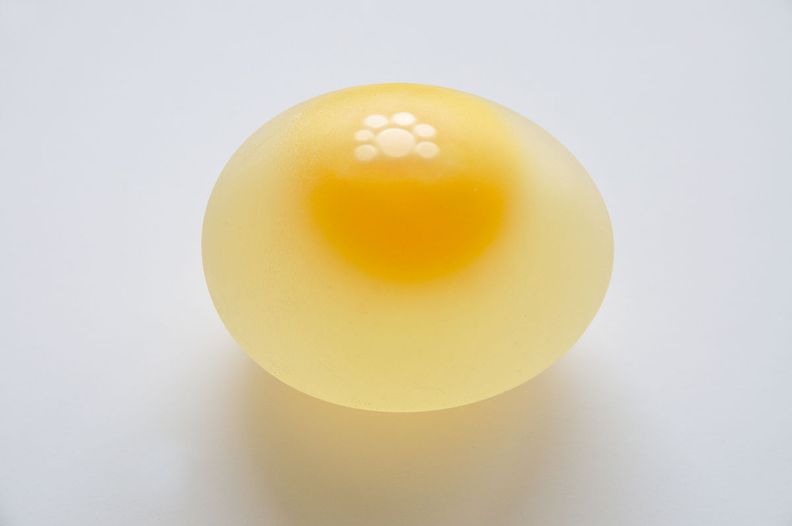 I grew up on a small farm and among other creatures, we raised chickens. Every day they had to be fed and watered and their eggs, warm from their bodies, had to be gathered. When the chickens got old enough to stop laying regularly, we’d turn them into stew: we’d kill them and dress them, “dress” meaning take off their feathers and feet, and take out their innards. As a kid, all the blood and guts didn’t bother me, I had an operating knowledge of chicken anatomy, I’d seen it all before.
I grew up on a small farm and among other creatures, we raised chickens. Every day they had to be fed and watered and their eggs, warm from their bodies, had to be gathered. When the chickens got old enough to stop laying regularly, we’d turn them into stew: we’d kill them and dress them, “dress” meaning take off their feathers and feet, and take out their innards. As a kid, all the blood and guts didn’t bother me, I had an operating knowledge of chicken anatomy, I’d seen it all before.
In fact I was pretty cynical in general, especially about things the grownups said, which I thought were mostly theory or flat-out propaganda. Except for one memory that can’t be entirely right but I’m sticking to it because it was something our mom showed us and for once, it was interesting; in fact, it was a miracle.
 I’d said that the chickens we were dressing were old stewpots, past laying. But one day inside one of them was an unlaid egg – no shell, just a yolk and white held inside a leathery membrane. I remember it sitting at the far end of a tube that ended in the place in the chicken where the egg came out. Our mom said something like, “Look at this. You don’t see this often.” And she slowly pushed the egg all the way into the tube and then carefully and gently – our mom had good hands – squeezed the tube so that the egg moved slowly down it. And when the egg reached the end of the tube and she pushed it out, well by God, it had a shell on it. It was a hard shell, a regular eggshell. Inside that ordinary anatomical looking tube, sort of pinky-tan and tough, some miracle happened.
I’d said that the chickens we were dressing were old stewpots, past laying. But one day inside one of them was an unlaid egg – no shell, just a yolk and white held inside a leathery membrane. I remember it sitting at the far end of a tube that ended in the place in the chicken where the egg came out. Our mom said something like, “Look at this. You don’t see this often.” And she slowly pushed the egg all the way into the tube and then carefully and gently – our mom had good hands – squeezed the tube so that the egg moved slowly down it. And when the egg reached the end of the tube and she pushed it out, well by God, it had a shell on it. It was a hard shell, a regular eggshell. Inside that ordinary anatomical looking tube, sort of pinky-tan and tough, some miracle happened.
I remembered this because I ran across the picture at the top of this page, an egg whose shell had been dissolved by vinegar. I thought it looked like I remember the pre-tube egg looking. So I did the responsible-journalist thing and googled and indeed, eggshells are calcium carbonate which indeed dissolved in vinegar, so the memory of the pre-tube egg was right. But what about the tube? Google Images was more than helpful and I’m not going to link to it becauseI find I’m no longer so blasé about chicken anatomy. The egg does move through a tube in which a yolk first collects a white around it, and then both are surrounded by a membrane. And when the egg reaches one part of the tube, called the shell gland, the calcium carbonate shell is added. Every .gov or .edu site I read said the egg stays in the shell gland for around 20 hours, which seems about enough time to account for a daily miracle.
But #1: Our mom didn’t take 20 hours to push that egg through the tube and give a hard shell. So maybe I’m remembering something wrongly – maybe my memory of the leathery egg was wrong and maybe the egg was not at the beginning of the tube but had been sitting in the shell gland for 19.9 hours already.
I don’t care. This memory of membrane transforming into shell, of pure magic, was of one of the first times I was flabbergasted by the real world — surely the best feeling possible, the opposite of cynicism, the foundation for humility and joy. So I’m going to keep remembering it regardless. Anyway #2: not one of those .gov or .edu sites explained the miracle.
___________
Chicken egg — Sun Ladder; Chicken Egg without Eggshell — Biswarup Ganguly; both via Wikimedia Commons
Wow, simply awe-inspiring. Thank you for sharing this story. I will remember it always when I think of chickens or eat an egg.
God bless you with a profoundly enlightening sojourn full of answers to the questions you seek.
“things the grownups said, which I thought were mostly theory or flat-out propaganda.”
Man, I remember being like that as a teenager too. Good times. Then I grew up and began to doubt everything I said and did myself. So the tradition continues I guess. Perhaps the egg just gained an opaque coating rather than a hard shell?